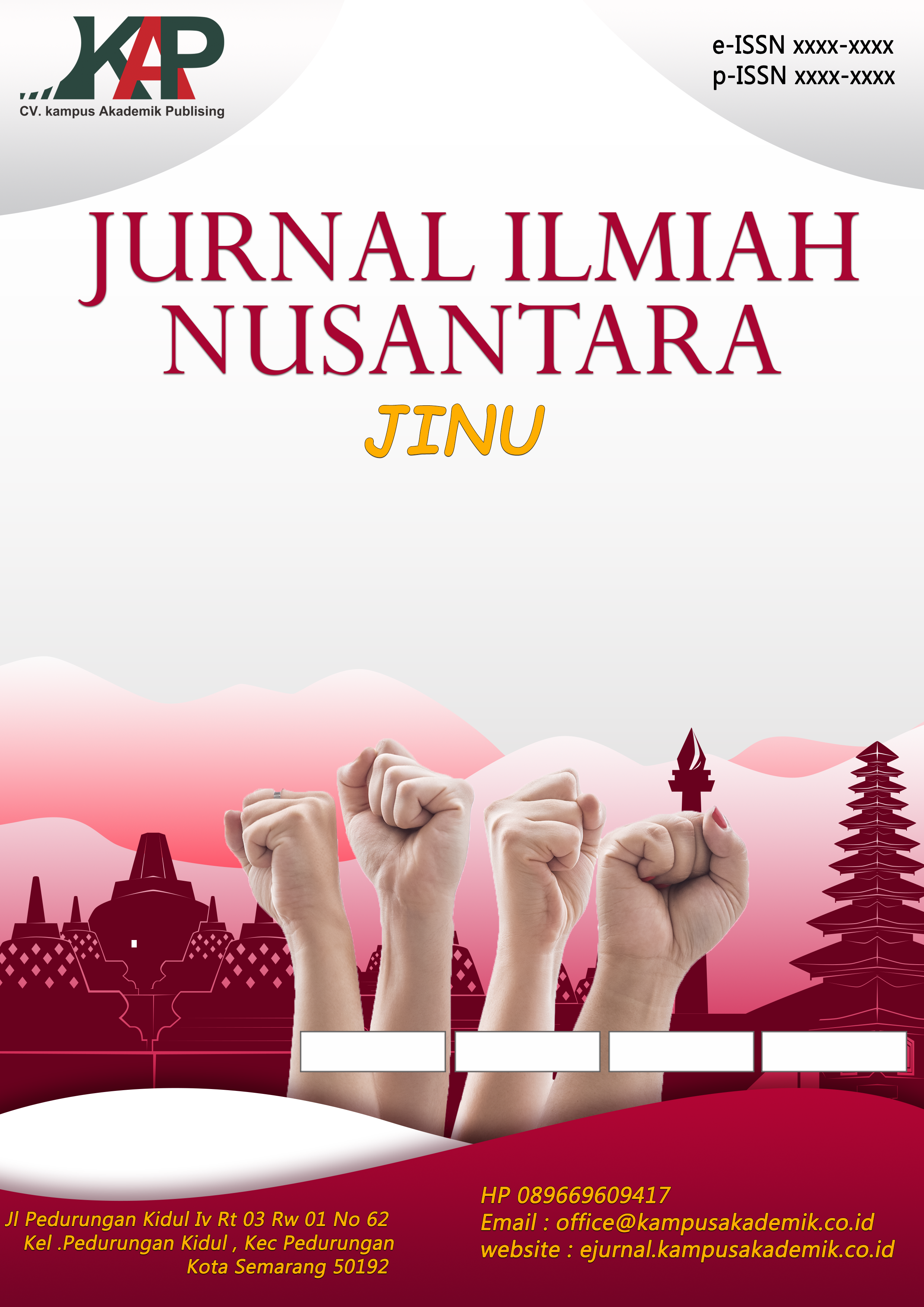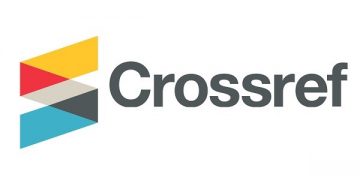PERBEDAAN TUMBUHAN PERKEMBANGBIAKAN VEGETATIF ALAMI DAN BUATAN: STUDI EKSPERIMEN SEDERHANA
DOI:
https://doi.org/10.61722/jinu.v2i5.6080Keywords:
Vegetative propagation, natural vegetative, artificial vegetative, simple experimentAbstract
This study aims to identify the differences between natural and artificial vegetative propagation in plants through simple experiments conducted in elementary schools. The research employed a qualitative approach with a descriptive design. Data collection techniques included observation and documentation of students' practical activities. The results revealed fundamental differences between natural and artificial vegetative propagation. Natural vegetative propagation occurs without human intervention, as seen in bulbs, shoots, and rhizomes, while artificial vegetative propagation involves human intervention, such as grafting, cutting, and budding. The experimental activities demonstrated that hands-on learning enhances students' understanding of science concepts in a more contextual and meaningful manner. This study also contributes to the application of differentiated instruction and scientific approaches in primary education.
References
Wahyuni, A. S. (2022). Literature review: pendekatan berdiferensiasi dalam pembelajaran ipa. Jurnal Pendidikan Mipa, 12(2), 118-126.
Wahyuni, H. I., Shoukat, N., & Romadhon, N. (2023). Inventarisasi Pemanfaatan Tumbuhan dan Relevansinya Sebagai Sumber Pembelajaran Ekopedagogik Berbasis Kearifan Lokal. Didaktika Biologi: Jurnal Penelitian Pendidikan Biologi, 7(1), 23-32.
Syarifuddin, & Harahap, A. (2021). Integrasi struktur dan fungsi bagian tumbuhan dengan Bayani, Burhani, ‘Irfani di SDIT Bunayya. Dirasatul Ibtidaiyah: Jurnal Pendidikan Guru Madrasah Ibtidaiyah, 1(1), 19–31.
Riastuti, R. D., & Febrianti, Y. (2020). Morfologi tumbuhan berbasis lingkungan. Jl. Ki Ageng Gribig, Gang Kaserin MU No. 36.
Downloads
Published
Issue
Section
License
Copyright (c) 2025 JURNAL ILMIAH NUSANTARA

This work is licensed under a Creative Commons Attribution-ShareAlike 4.0 International License.













